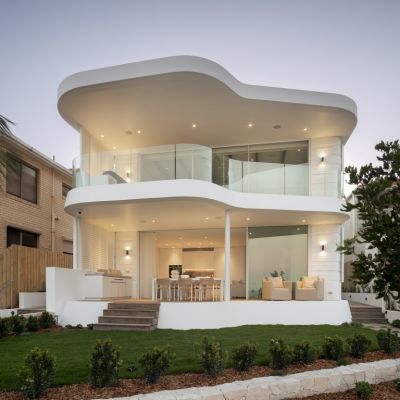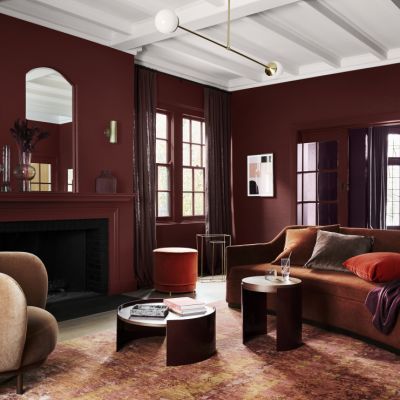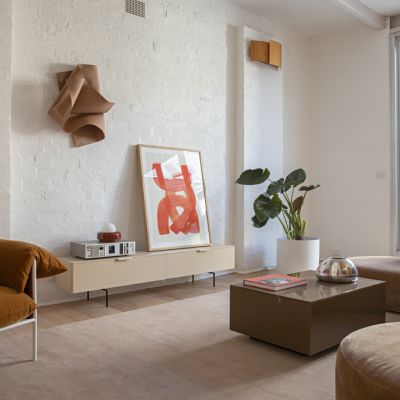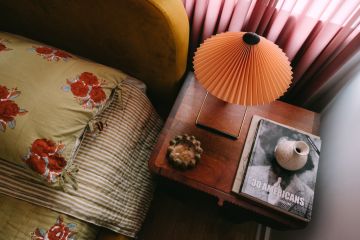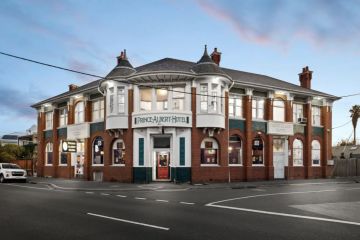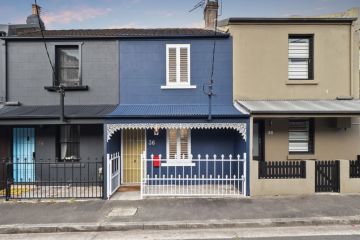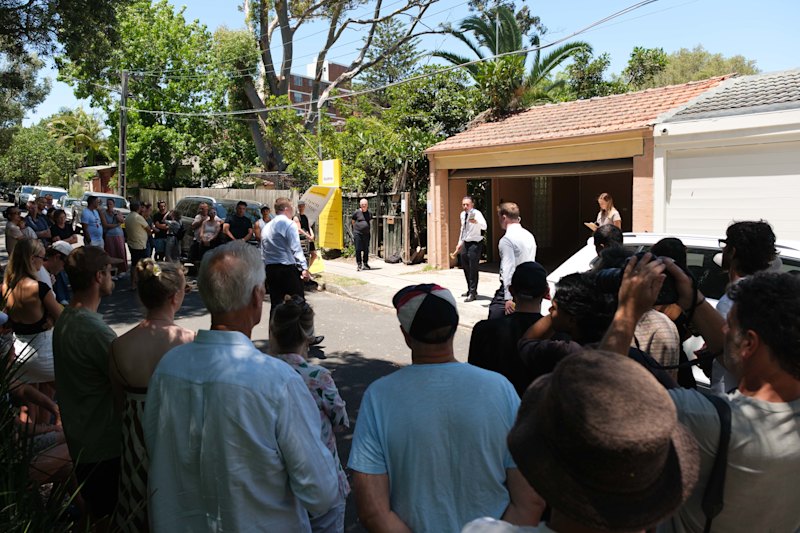What is 'unflipping'? How homeowners are saving period properties from bad renovations
I’m currently travelling through the Mediterranean, where buildings are brushed in sun-warmed yellows, blush pinks, and the occasional vibrant teal.
Colourful, character-filled homes are the norm – not a sterile white box in sight.
And yet, back in Australia, the term “Mediterranean-inspired” has somehow become shorthand for an all-white aesthetic.

As someone who’s spent more than a decade writing about Australian homes, I can’t help but ask: Where’s the colour? Where’s the life? Where’s the creativity?
Somewhere along the way, in our collective pursuit of market appeal and resale value, we were told that all-white walls and blank spaces were essential. That buyers needed a clean slate. That stripping a house of its quirks made it more valuable.
As a result, period homes – from classic beach shacks to mid-century gems – have too often been stripped of their soul before their new owners have even moved in.
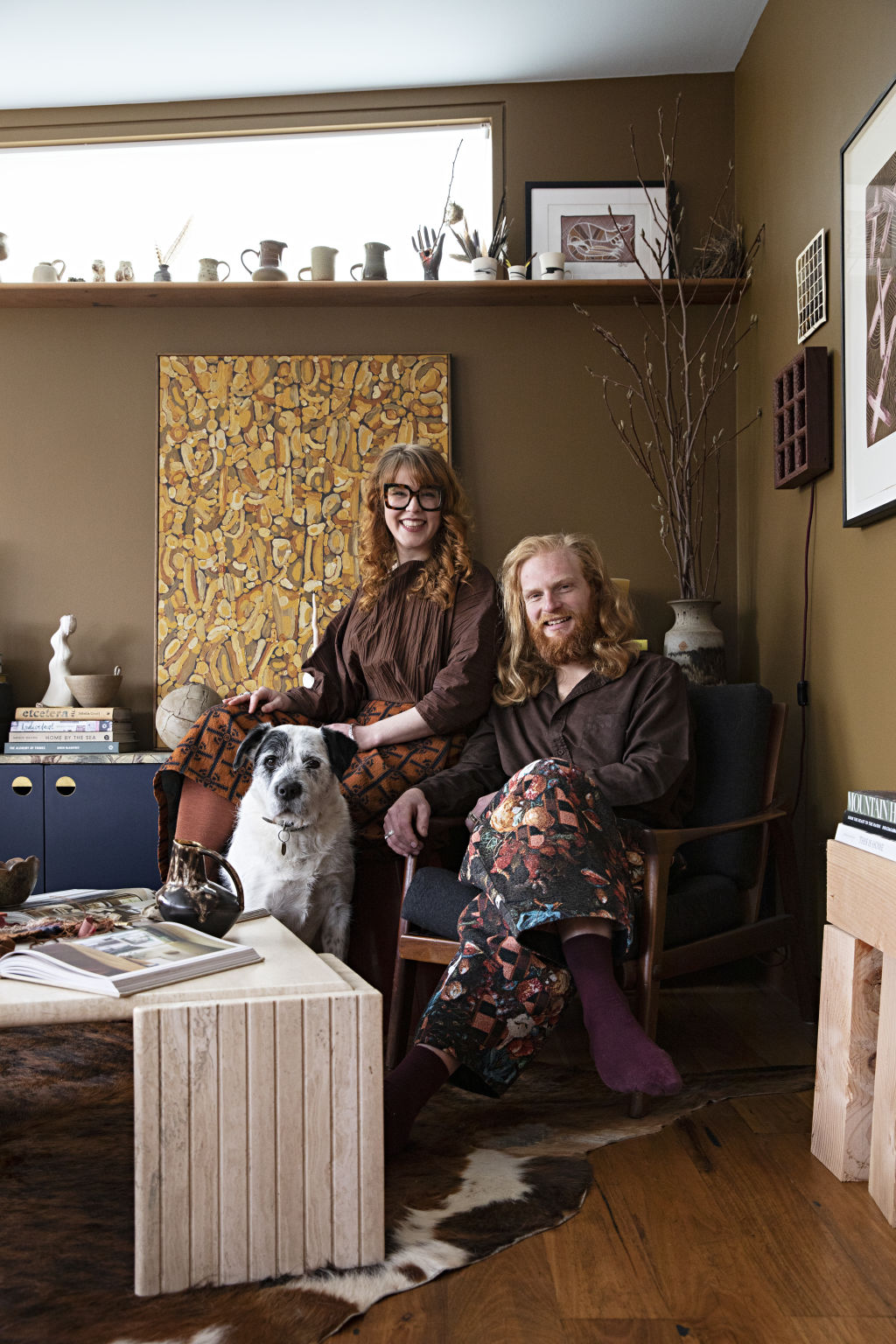
But a quiet rebellion is stirring.
In a growing movement affectionately dubbed “unflipping”, home owners are rejecting the sterile flip and choosing instead to retain or restore what’s easily lost – character, craftsmanship and a lived-in kind of joy.
In Mount Evelyn, Victoria, interior designer Ruby Shields of Studio Shields and her carpenter-designer husband Pat are reimagining a 1980s weatherboard that had previously undergone an awkward early-2000s renovation.
“We bought it half-renovated, and the work was seriously lacking in soul,” Ruby Shields says.
“At first, we thought we’d flip it – everyone was doing that in 2018. But when I shifted into interior design a few years later, we realised this house could be our canvas, not a commodity.”
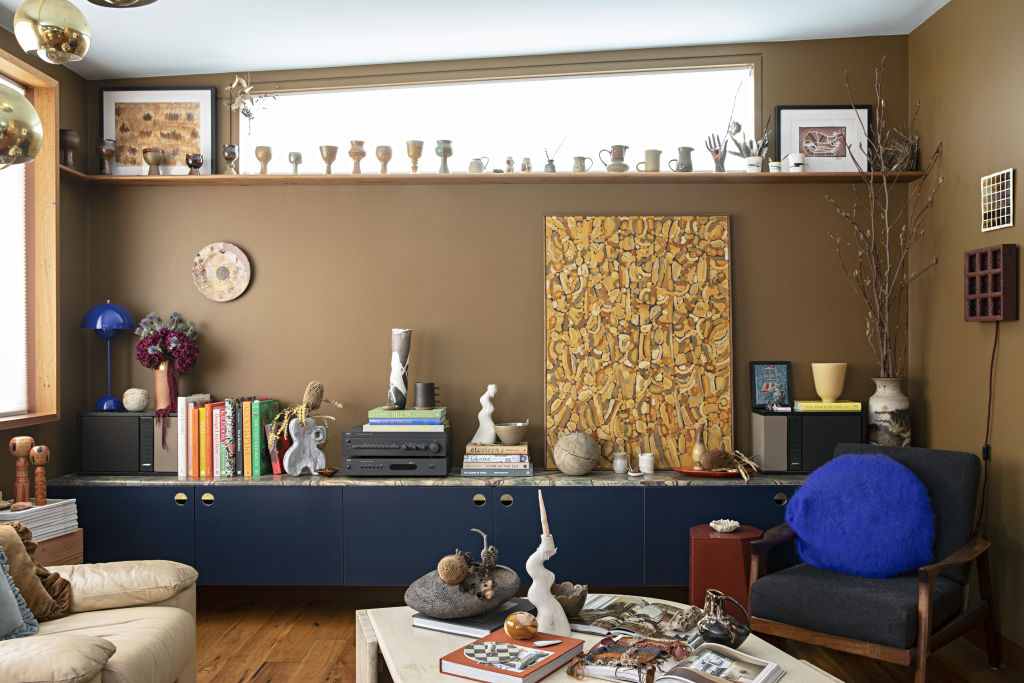
Known for her bold use of colour and texture, Shields calls the renovation “a colour-drenched rebellion – a joyful ‘f— you’ to white walls”.
From brass-inlaid pantry joinery made of salvaged Laminex offcuts to concrete floors and stairs that transition into timber, the home became a creative playground.
“As children, we were fearless,” Shields says. “We painted our rooms wild colours, stuck posters to the walls, and rearranged furniture at will. Whether we look back and cringe or smile, we remember how free it felt.
“That spirit still exists. Sometimes it just needs permission to come through.”
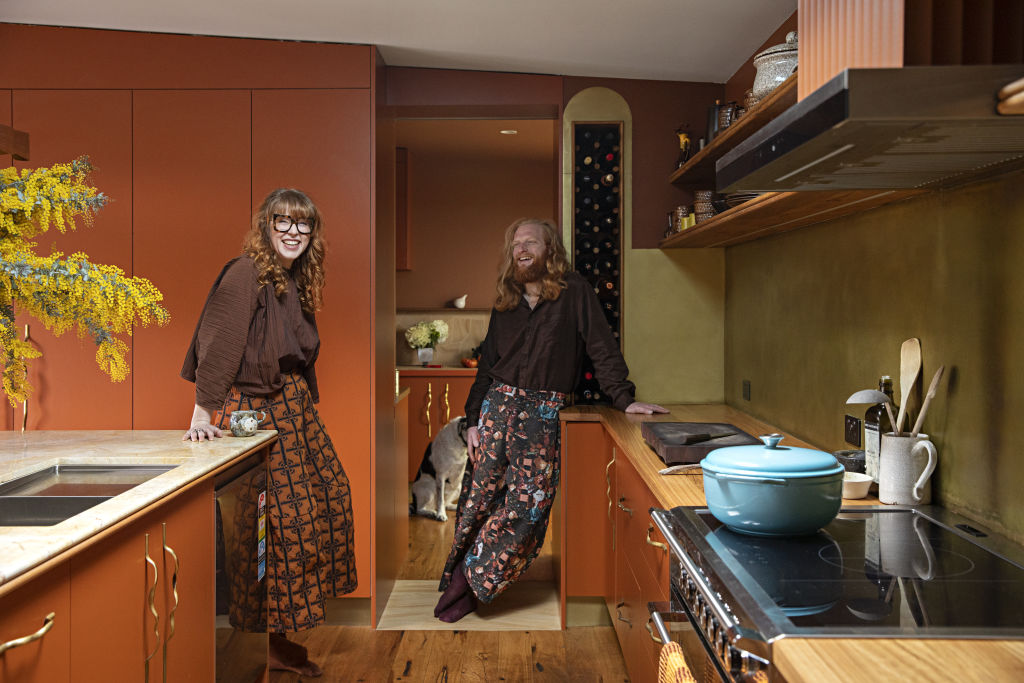
In the rural town of Milton, NSW, magazine publisher Sophie Lord and her partner, architect Ben Gray, recently sold their freshly restored late-1970s bungalow.
Throughout the project, Lord consciously pushed back against the “Apple Store effect” – the modern tendency to bleach everything of colour, not only in homes but also in tech, cars and commercial spaces.
“The house was in rough shape – crumbling faux-timber ceilings, tiles falling off bathroom walls, and a mishmash of stained carpet, floating floorboards and patchy slate,” she says.
“But it had character up the wazoo. We wanted to save it before someone else came along and drowned the 1970s interiors in white paint.”
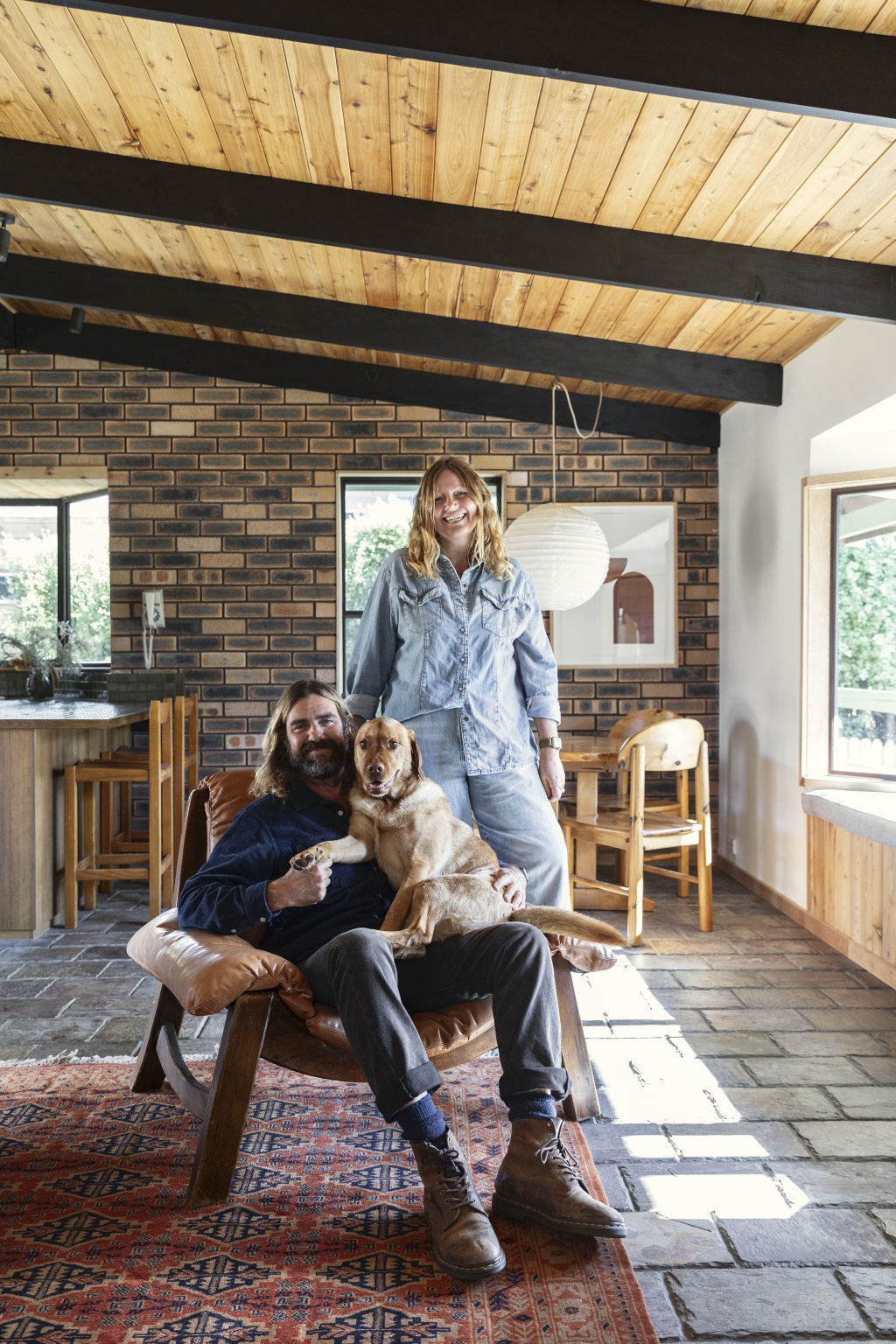
Their renovation shows restraint and purpose. Green mosaic tiles are used throughout, from the glazed benchtops and splashbacks in the kitchen to the soft green tiles lining the bathroom’s sunken Roman-style bath.
“Projects like this are always a balancing act – you want to honour the era without leaning into something too themed or kitsch,” Lord says.
“The result is a home that’s modern and comfortable by today’s standards, but still layered with thoughtful nods to its past.”
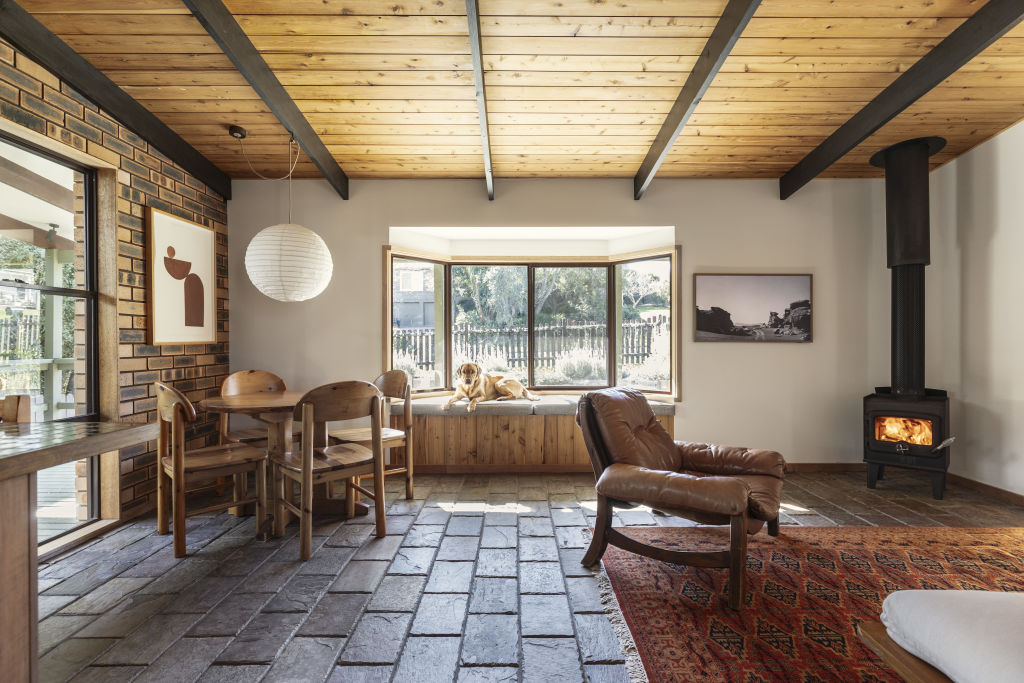
Across the Pacific in the US, this same mindset came into sharp focus last year when news broke that a Craig Ellwood-designed mid-century-modern home in the suburb of Brentwood, Los Angeles, was slated for demolition to make way for a new build by actor Chris Pratt.
The outrage highlighted a growing grief for these vanishing homes – some erased slowly through soulless renos, others knocked down in one go.
Championing the preservation of such homes are Dana Jenkins and Colin Davis, the couple behind the popular Instagram account @un.flipping.
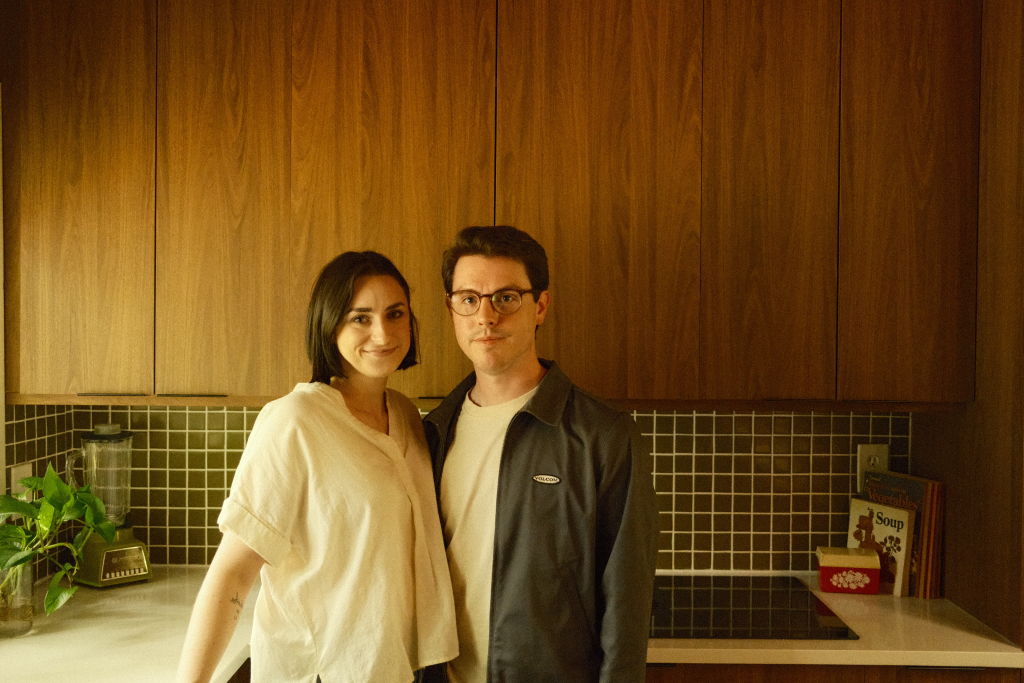
The pharmacist and cybersecurity worker are currently undoing a previous flip of a mid-century home in Atlanta, restoring it with careful attention to its original details.
“There’s a timeless honesty in mid-century design,” Jenkins says. “When these homes are flipped without respect for their roots, so much is lost – thoughtful details, warm materials like real wood and stone, and the natural flow of light and space.”
Davis adds, “Once those features are torn out, they’re gone for good. And with them, a unique part of the home’s story is lost. Reversing that isn’t about nostalgia – it’s about preserving homes that feel grounded, soulful and lasting.”
We recommend
We thought you might like
States
Capital Cities
Capital Cities - Rentals
Popular Areas
Allhomes
More
- © 2025, CoStar Group Inc.
